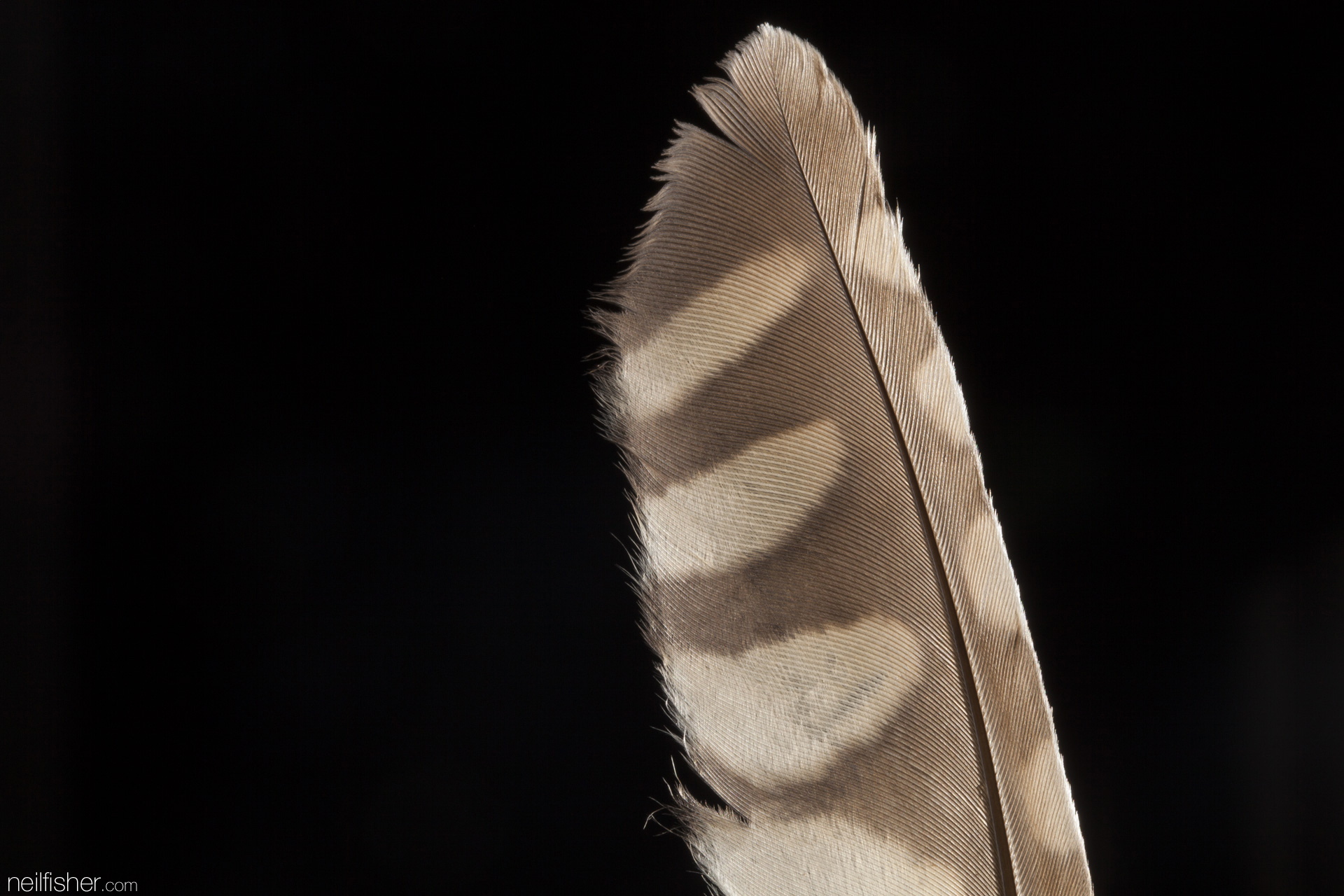Burrowing Owls
When moving into a previously occupied house or apartment, most will take time to spruce it up and make their new dwelling feel like their own. However, not even Martha Stewart is accomplished enough to tackle the challenge of dung-based home decor. Meet the burrowing owl, a part time Canadian resident whose borrowed burrow home is purposefully surrounded by and filled with dung. Looking past their strange front yard lawn ornaments, these adorable pint-sized raptors are in serious need of help. They’re quickly disappearing from the four western Canadian provinces, that for the time being, they still call home
We’re taught the basics of owl behaviour at a young age: they’re nocturnal, constantly ask “who?” and are incapable of sharing tootsie pops. However, burrowing owls aren’t like most owls. These owls use daylight for hunting big juicy ground dwelling insects. Their vocalizations aren’t typical halloween hoots, rather they’re high pitched hisses or coos. One particular hiss emulates a rattlesnake rattling in an attempt to deter predators. Finally, where other owls live and nest in trees, the burrowing owl chooses open prairies and treeless grasslands - and in Canada there aren’t many of these grassland ecosystems remaining. Over the past three decades more than 90% of the Canadian burrowing owl population have vanished. Fewer than 800 breeding pairs remain across Alberta, Saskatchewan, Manitoba and British Columbia.
There are a number of combined factors behind the owls’ plummeting population. High on the list is loss of potential nesting burrows and habitat loss or fragmentation. The owls favor vast sparsely vegetated environments and unfortunately areas such as these are hard to come by due to agriculture land conversion. Compounding the impacts of reduced habitat has been the reduction in burrowing mammals thanks to effective eradication efforts targeting species such as the black-tailed prairie dog. Contrary to the species scientific name Athene cunicularia, which means “little digger”, the burrowing owl rarely digs its own home. In Canada the majority of burrowing owls use holes abandoned by mammals. Once an appropriate burrow is found the owl will add dung. Inside the burrow it’s used to attract potential mates, regulate humidity, reduce levels of carbon dioxide and prevent burrow flooding by absorbing water. Above ground, dung is used to attract insects, providing young owls an opportunity to hunt within the safe proximity of their burrow entrance.
Females lays between 6 to 12 eggs and incubates them for roughly 26 days. The male hunts However, it’s incredibly rare that the male is able to provide enough food for all his offspring and many young succumb to starvation - typically only three to five chicks per brood will survive. EXIF 1/250sec f/9.0 ISO400 16mm 18:35 June 22, 2015
The burrowing owls arrive in Canada towards the end of March and early April and begin nesting in May. Then towards the end of September the owls repeat their 3,500 kilometre migration to southern Texas and Mexico. During the spring of 2015 Texas was hit by torrential rains and suffered flooding greater than ever in history, yet as Bill Nye tweeted no one mentioned climate change. Climate change isn’t causing the extreme rain and drought, rather it’s exacerbating already inclement weather - and that’s having a serious impact on burrowing owls. Increased precipitation on the owl’s wintering habitat has allowed ground cover vegetation to grow denser and higher, making prey species incredibly difficult to catch. A greater number of storms encountered during migration means more owls are perishing along the way and while heading north, many decide to cut their travels short and nest south of the Canadian border
If the changing climate and disappearing habitat weren’t enough of a challenge, the owls face another threat from chemicals intended to control nuisance animals. The use of pesticides and insecticides, such as Carbofuran and Strychnine, greatly reduce the owls’ breeding success. Carbofuran obstructs the communication of nerve impulses and does so in all forms of life. When sprayed directly over a burrow, young are born with serious birth defects and this can also be lethal for owls of all ages. In areas sprayed by chemicals, the availability of prey species and the number of burrowing mammals decrease. The owls will often eat contaminated grasshoppers and unknowingly consume the poison - over time the chemicals accumulate in their bodies and eventually lead to their death.
The federal Committee on the Status of Endangered Wildlife (COSEWIC) declared the burrowing owl endangered in 1995 and shortly after a national recovery team was formed. The recovery team’s goal is to increase the Canadian burrowing owl population to a sustainable number. However, after many years the team hasn’t been able to pinpoint the main causes of the crashing owl population. The owls are incredibly difficult to study. They only live an average of 3 to 4 years and don’t always return to the same burrow to nest - making it nearly impossible to follow an individual over its lifespan. Until very recently, satellite tracking tags were too heavy for a burrowing owl averaging 155 grams. While there may not be a definitive answer as to why these owls are disappearing so quickly, there certainly are more than a few reasons we already know of and can do something about.
There are ways you can help one of the most endangered birds in Western Canada. Since 1987 more than 700 landowners in Saskatchewan and Alberta have conserved nearly 700 square kilometres of privately owned suitable burrowing owl habitat. There are dedicated organizations in all four provinces working to protect the owls, such as the Burrowing Owl Conservation Society of BC, the Alberta Birds of Prey Foundation, Nature Saskatchewan’s Operation Burrowing Owl and the Manitoba Burrowing Owl Recovery Program, who all have exciting volunteer opportunities. Even your consumer dollars can support the owls, via companies who consistently contribute to burrowing owl conservation work, such as the Burrowing Owl Estate Winery. Now go have a glass of wine and save the burrowing owls.




